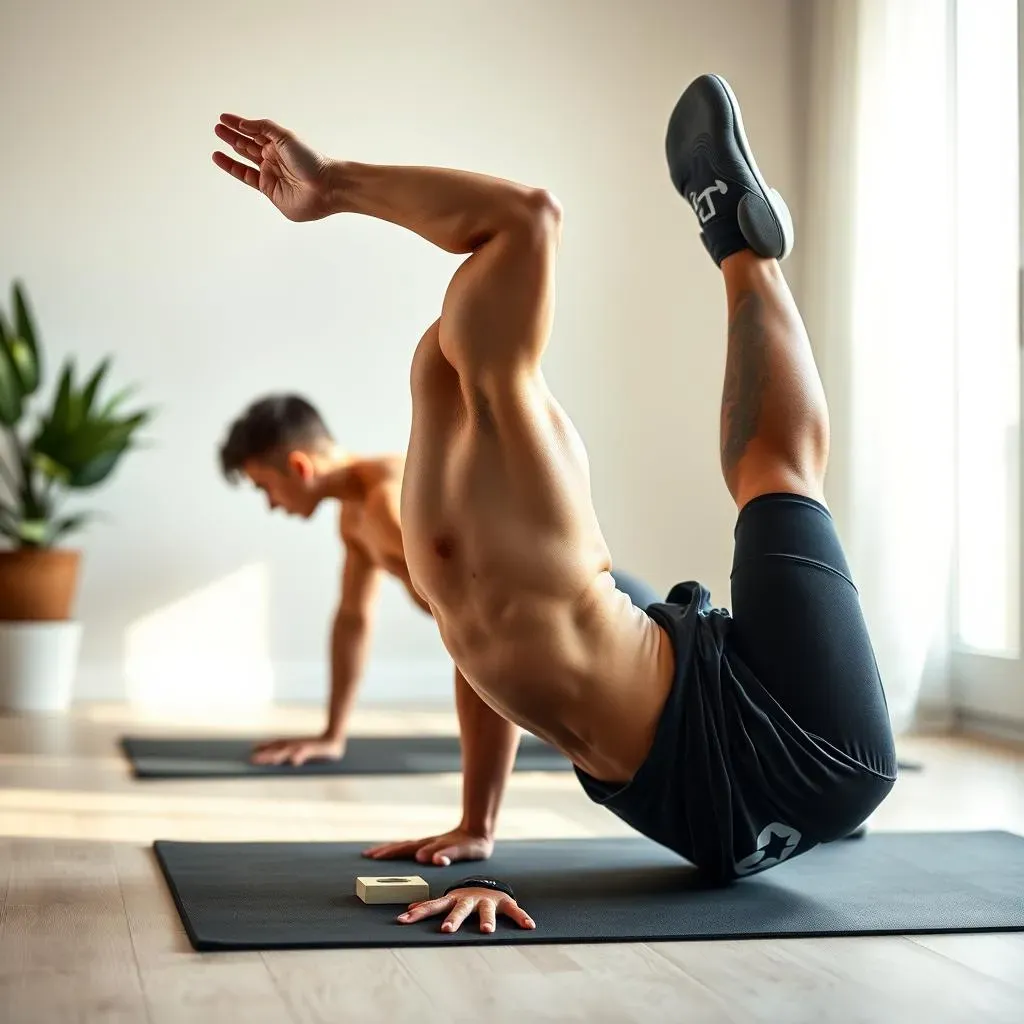Table of Contents
Ever wonder why some athletes seem to move with effortless power, while others struggle with back pain and limited performance? The secret often lies in a strong, stable core. Forget those endless crunches; they're not the magic bullet. We're talking about real core strength, the kind that lets you explode into action, maintain balance, and stay injury-free. This isn't just about six-pack abs, it's about building a powerhouse that supports every move you make. In this article, we're ditching the ineffective exercises and focusing on a smarter way to train your core. You'll discover why traditional core work often misses the mark, the three essential functions your core needs to perform, and a list of 27 awesome core workouts at home for athletes that will transform your game. Get ready to unlock your true athletic potential with these effective and safe core exercises, no gym required!
What is the Core and Why is it Important?
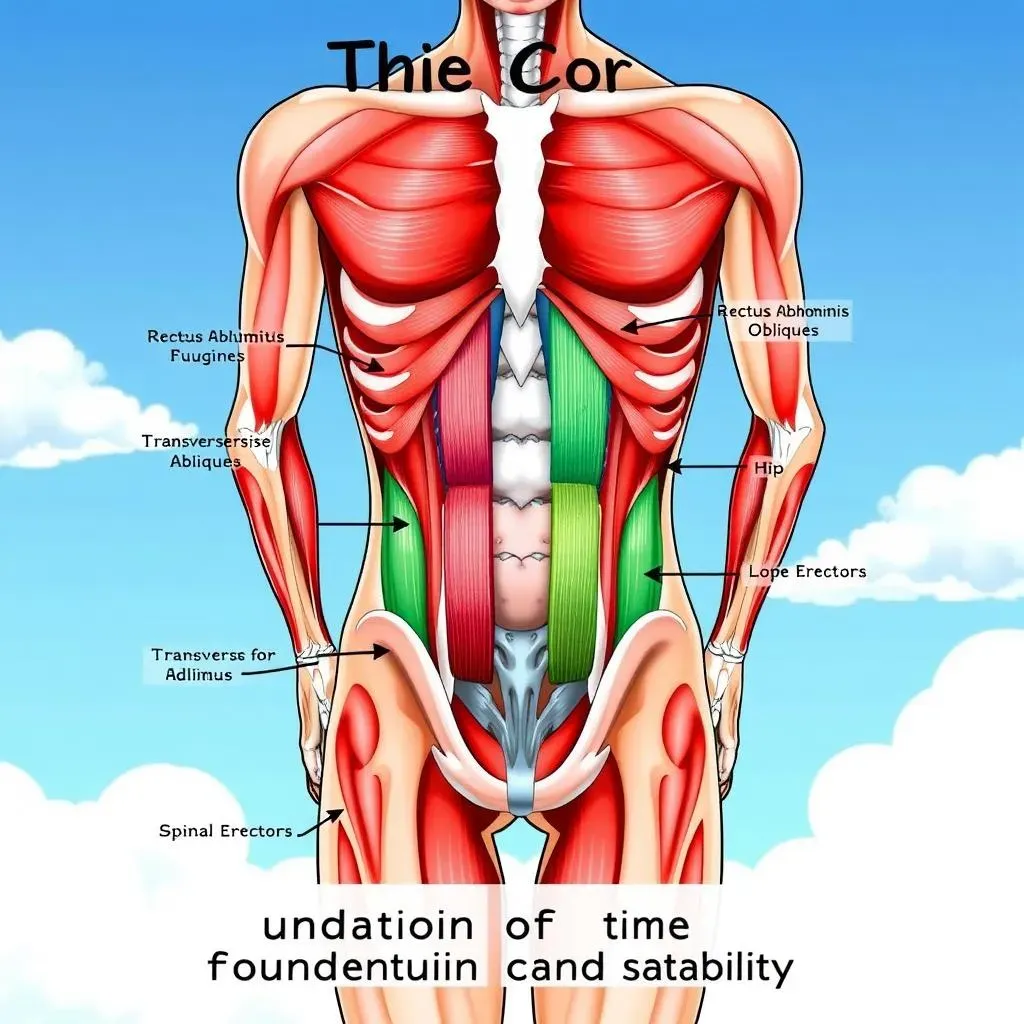
What is the Core and Why is it Important?
Beyond the Six-Pack
Okay, so when we say "core," we're not just talking about those washboard abs you see in magazines. The core is actually a whole bunch of muscles that wrap around your midsection, kind of like a natural weight belt. We're talking the rectus abdominus (that's the six-pack muscle), the obliques on your sides, the deeper transverse abdominus, and even the muscles along your spine and around your hips. It's a complex system that works together to stabilize and protect your body.
Think of your core as the foundation of a building. If the foundation is weak, the whole structure is unstable, right? Same goes for your body! A strong core is essential for everything from explosive movements in sports to simply maintaining good posture. It's the link between your upper and lower body, allowing you to transfer power efficiently and move with control. If it’s weak, you'll be leaking power, and you may feel it in your lower back.
Why Athletes Need a Rock-Solid Core
For athletes, a strong core is not just an advantage, it’s a necessity. It's the powerhouse behind every jump, sprint, and throw. Imagine trying to throw a baseball with a wobbly midsection, you would have no power. A strong core allows you to generate more force, improve your balance, and reduce your risk of injuries. It acts like a stabilizer, keeping your spine aligned and preventing those nasty strains and pains that can sideline you. It's the unsung hero of athletic performance.
Plus, a well-trained core helps with everyday life. Ever noticed how easily you can twist to reach something when you're feeling strong? That's your core at work. It's not just about looking good; it’s about feeling good and moving with confidence and control. It's about being able to play with your kids, carry groceries, and do all the things you love without worrying about your back giving out.
Core Muscle Group | Function | Why it Matters for Athletes |
|---|---|---|
Rectus Abdominus | Flexes the spine | Power in movements like sit-ups and jumps |
Obliques | Rotation and lateral flexion | Essential for twisting and side-to-side movements |
Transverse Abdominus | Stabilizes the spine and core | Key for overall core strength and injury prevention |
Spinal Erectors | Extends and stabilizes the spine | Supports good posture and reduces back strain |
Hip Flexors | Flexes the hip joint | Crucial for running, jumping, and kicking |
What Most Core Exercises Get Wrong
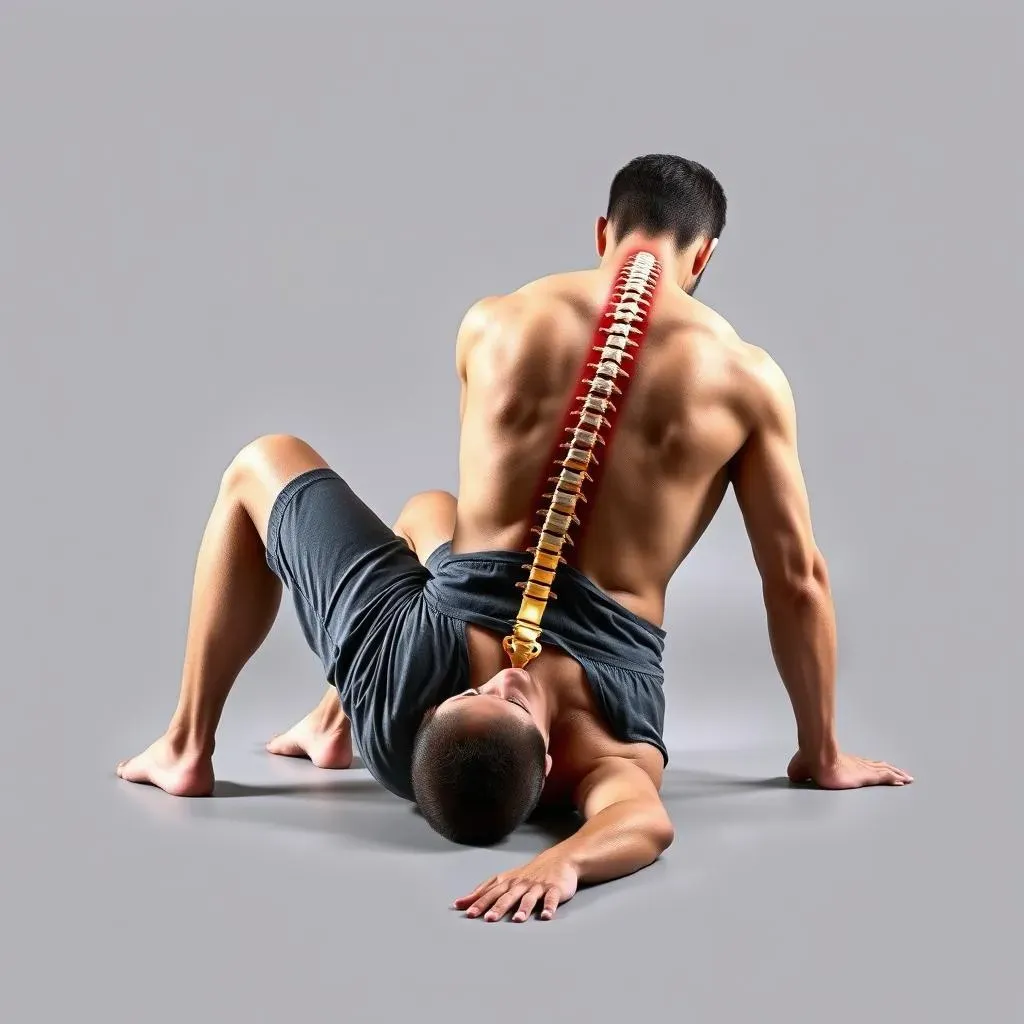
What Most Core Exercises Get Wrong
The Crunch Myth
Alright, let's talk about the elephant in the room: crunches. We’ve all been told that crunches are the go-to for a strong core, right? Wrong! Crunches, sit-ups, and even Russian twists often do more harm than good. These exercises primarily target the rectus abdominus, the six-pack muscle, and they do it by repeatedly flexing your spine. This puts a lot of pressure on your spinal discs, which can lead to back pain and other issues down the road. It's like repeatedly bending a paperclip—eventually, it's going to break.
The problem isn't just about the risk of injury; it’s also about effectiveness. Crunches ask your core to create movement, when it's actually designed to resist it. Your core is meant to stabilize your spine, not make it bend like a banana. So, while you might feel the burn, you're not actually building the kind of functional strength that athletes need. It's a classic case of working hard, but not smart.
Movement vs. Stability
Most traditional core exercises focus on flexing or rotating the spine, which is exactly what your core is supposed to prevent during athletic movements. Think about running, jumping, or throwing. Your core's job isn't to bend you over; it’s to keep your spine stable and transfer power efficiently. Exercises like crunches and sit-ups actually train the core to be weak and unstable, which goes against what we really need.
Instead, we need to train our core to resist movement, not create it. This is the key difference between ineffective core work and exercises that actually build real-world strength. We want our core to be like a solid tree trunk, not a wobbly branch. This means focusing on exercises that challenge your core's ability to resist extension, rotation, and lateral flexion. It's about building a core that can handle anything you throw at it, both in the gym and in life.
Common Core Exercise | What It Gets Wrong | Better Alternative |
|---|---|---|
Crunches | Flexes spine, puts pressure on discs | Plank (anti-extension) |
Sit-ups | Creates spinal movement when stability is needed | Dead Bug (anti-extension and rotation) |
Russian Twists | Rotates spine, potential for injury | Pallof Press (anti-rotation) |
The Missing Link: Functional Strength
Many core exercises are done in isolation, meaning they don't mimic the way your core is actually used in real-life movements. Think about it, when do you ever just crunch in everyday life? Never. Our core is usually working in conjunction with other muscles to create complex, multi-joint movements. This is why it's so important to choose core exercises that mimic the demands of your sport or daily activities. It’s about training the core in a way that's relevant and functional.
It's not enough to just have strong abs; you need to have a core that can work with your entire body. This means incorporating exercises that challenge your core in different ways, such as rotational throws, carries, and resisted movements. It’s about building a core that can transfer force efficiently, maintain stability, and help you move with power and control. After all, your core is the center of your power, so we should train it like it.
The 3 Main Functions of Core Exercises
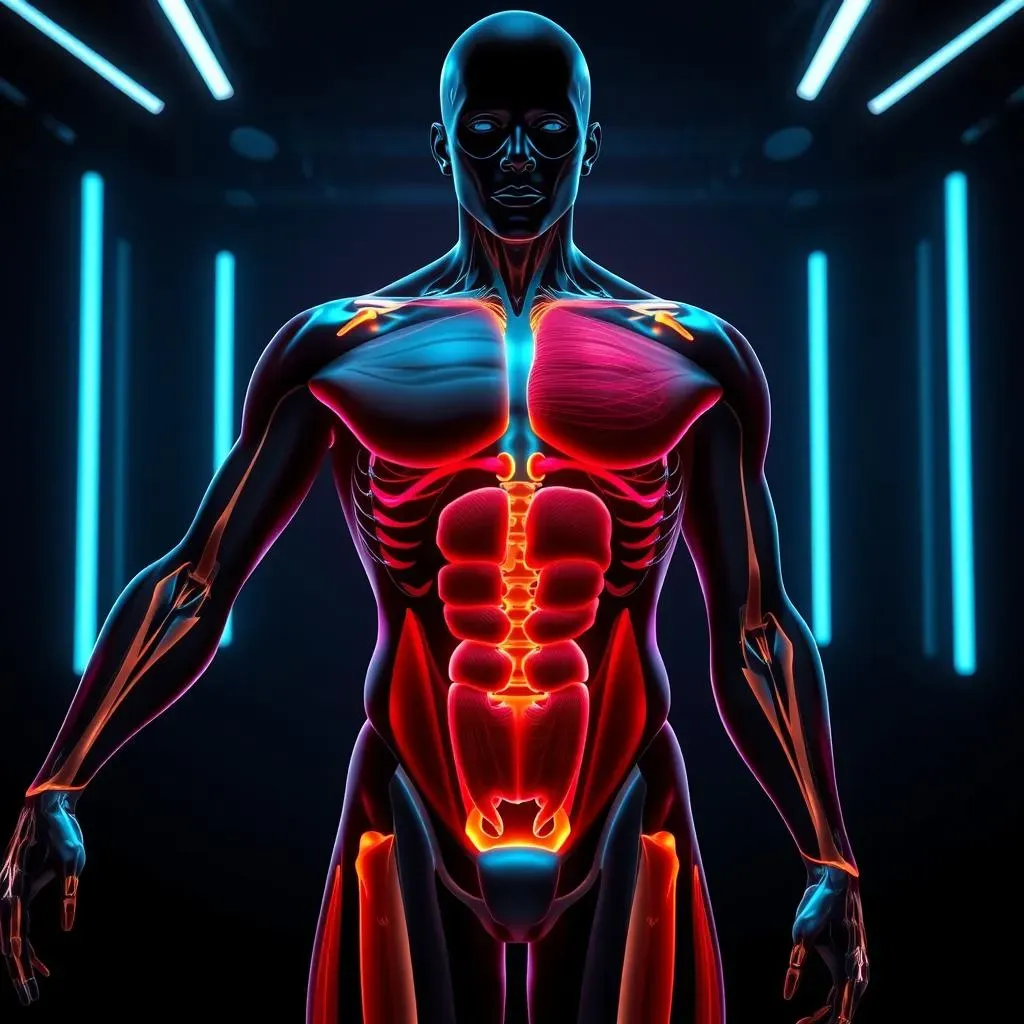
The 3 Main Functions of Core Exercises
Anti-Extension: The Plank Principle
Alright, let's kick things off with anti-extension. Think of it like this: your core's job is to stop your lower back from arching too much. When you're doing a plank, for example, you're actively resisting the pull of gravity that wants to make your belly sag towards the floor. This is anti-extension in action! It's all about maintaining a neutral spine position, which is super important for protecting your back and generating power. It's not about flexing, but about resisting, kind of like a superhero bracing for impact.
Many athletes make the mistake of overextending their lower back, especially during exercises like push-ups or even running. This can lead to back pain and reduce your power output. By focusing on anti-extension exercises, you're teaching your core to stay strong and stable, even when you're under pressure. It's like building a solid wall that can withstand anything. This is why exercises like planks and dead bugs are so effective - they force your core to work hard to resist the pull of gravity. It's not about just holding the position, but about actively engaging those core muscles to maintain that straight line from your head to your heels.
Anti-Rotation: The Power of the Twist
Next up, we have anti-rotation. This is all about resisting the urge to twist or rotate your torso. Think of exercises like the Pallof press or a single-arm row. You're trying to keep your body facing forward, even when a force is trying to pull you into a twist. This is crucial for transferring power efficiently, especially in sports that involve throwing, swinging, or changing direction quickly. It's like having a strong anchor in the center of your body, preventing you from being thrown off balance.
A lot of traditional core exercises, like Russian twists, actually train your core to rotate, which is the opposite of what we want. We want our core to resist rotation, so we can generate power in a controlled way. This is why anti-rotation exercises are so important. They teach your core to act as a solid base, allowing you to transfer force from your legs to your arms without losing any power. It's like having a strong foundation for a building, making sure that all the energy goes where it needs to go. It's not about twisting, but about being stable when the world around you is moving.
Core Function | Description | Example Exercise |
|---|---|---|
Anti-Extension | Resisting the arching of the lower back | Plank |
Anti-Rotation | Resisting the twisting of the torso | Pallof Press |
Anti-Lateral Flexion | Resisting bending to the side | Suitcase Carry |
Anti-Lateral Flexion: Staying Upright
Finally, we have anti-lateral flexion, which is all about resisting the urge to bend sideways. Think of exercises like the suitcase carry, where you're holding a weight on one side of your body and your core has to work hard to keep you upright. This is super important for maintaining balance and stability, especially when you're moving in different directions. It's like having a built-in stabilizer that prevents you from tipping over.
In sports, we often find ourselves in positions where we're leaning to one side, whether it's during a sprint, a jump, or a lateral movement. If your core isn't strong enough to resist that lateral flexion, you'll lose power, and you'll be more prone to injuries. By training this function, you're teaching your core to keep you stable, no matter what position you're in. It's about being able to move freely without losing your balance or putting extra stress on your back. It's like having a strong foundation that allows you to move with confidence and control. It's not about bending, but about resisting the urge to bend.
The 27 Best Core Workouts at Home for Athletes
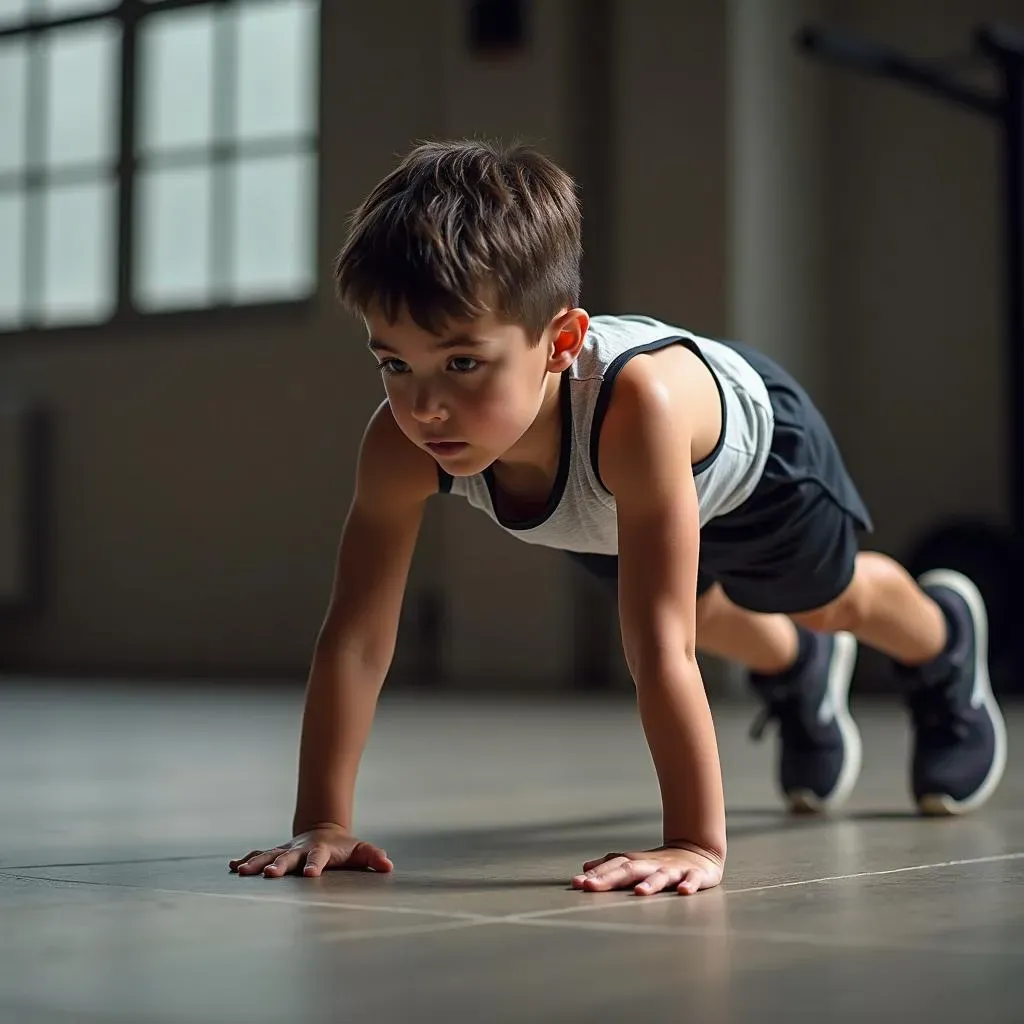
The 27 Best Core Workouts at Home for Athletes
Time to Get Moving: Ditch the Crunches
Okay, so we've talked about what the core is, what it does, and what most core exercises get wrong. Now, let's get to the good stuff: the 27 best core workouts at home for athletes. We're ditching the crunches and sit-ups and focusing on exercises that actually build functional strength and stability. These moves will challenge your core in all the right ways, targeting anti-extension, anti-rotation, and anti-lateral flexion. Get ready to feel the burn, and more importantly, get ready to feel the difference in your athletic performance. No fancy equipment is required; just your body and a little bit of space. Let's get to it!
I've personally tried all of these exercises, and let me tell you, they work. I remember the first time I did a proper Pallof press, I felt muscles in my core that I didn't even know existed! It's not just about feeling the burn; it's about feeling the stability and control. And the best part? You can do all of these at home, no gym membership required. We're going to break these exercises down into categories, so you can understand what each one is targeting and how to perform it correctly.
The Core Exercise Arsenal
We're going to start with some foundational exercises that build a strong base. These are your go-to moves for developing core stability and endurance. Then, we'll move on to some more challenging exercises that will test your strength and control. Remember, proper form is key here. It's better to do fewer reps with good form than to do a bunch with poor technique. Quality over quantity, always. And don't forget to breathe! It sounds simple, but holding your breath will make these exercises much harder.
These exercises aren't just for athletes either, they're for anyone who wants to improve their core strength and overall fitness. Whether you're a weekend warrior or a professional athlete, these exercises will help you move better, feel better, and perform better. I've seen my own performance skyrocket since I started incorporating these exercises into my routine and I am sure you will too. So let’s stop wasting time on ineffective exercises and let's start building a core that will support everything you do. Let’s get to the list of the 27 best core exercises you can do at home.
Exercise Category | Key Benefits | Example Exercises |
|---|---|---|
Anti-Extension | Builds core stability, protects lower back | Plank, Dead Bug, Bird Dog |
Anti-Rotation | Improves power transfer, prevents injuries | Pallof Press, Single-Arm Row, Renegade Row |
Anti-Lateral Flexion | Enhances balance, improves stability | Suitcase Carry, Side Plank, Rolling Side Plank |
Dynamic Core Work | Improves coordination, functional strength | Mountain Climbers, Bicycle Crunches, Russian Twists (with caution) |
Anti-Extension Exercises
Plank
Get into a push-up position with your forearms on the ground, keeping your body in a straight line from head to heels. Engage your core and hold for as long as possible, focusing on preventing your lower back from sagging.
Dead Bug
Lie on your back with your arms extended towards the ceiling and your knees bent at 90 degrees. Lower one arm and the opposite leg towards the floor, keeping your core engaged and preventing your lower back from arching.
Bird Dog
Start on your hands and knees. Extend one arm forward and the opposite leg backward, keeping your core tight and your back flat. Alternate sides.
Hollow Body Hold
Lie on your back, lift your arms and legs off the ground, and press your lower back into the floor. Hold this position, engaging your core and keeping your body in a slight curve.
Reverse Crunch
Lie on your back with your knees bent at 90 degrees. Lift your hips off the floor, bringing your knees towards your chest while keeping your core engaged.
Anti-Rotation Exercises
Pallof Press
Use a resistance band or cable machine. Hold the handle in front of your chest and step away from the anchor point. Resist the pull of the band by keeping your body square and facing forward.
Single-Arm Row
Use a dumbbell or resistance band. Row the weight towards your chest, keeping your core tight and preventing your body from rotating.
Renegade Row
Start in a plank position, holding a dumbbell in each hand. Row one dumbbell towards your chest, keeping your core tight and preventing your body from rotating.
Cable Wood Chop
Use a cable machine. Grab the handle and pull it across your body in a chopping motion. Resist the rotation by keeping your core tight and your body facing forward.
Anti-Rotation Press
Lie on your back with your knees bent. Hold a weight in one hand and press it straight up toward the ceiling, resisting any rotation in your torso.
Anti-Lateral Flexion Exercises
Suitcase Carry
Hold a weight in one hand and walk, keeping your core tight and preventing your body from leaning to one side.
Side Plank
Lie on your side with your forearm on the ground. Lift your hips off the floor, keeping your body in a straight line from head to heels. Hold for as long as possible.
Rolling Side Plank
Start in a plank position, and roll onto one side, lifting one arm towards the ceiling. Hold briefly and roll back to the plank position. Alternate sides.
Farmer's Carry
Hold a heavy weight in each hand and walk, keeping your core tight and your body upright.
Side Plank with Leg Lift
Start in a side plank position and lift your top leg towards the ceiling, keeping your core engaged.
Dynamic Core Exercises
Mountain Climbers
Start in a plank position. Bring one knee towards your chest, alternating legs in a running motion.
Bicycle Crunches
Lie on your back with your hands behind your head. Bring one elbow towards the opposite knee, alternating sides.
Russian Twists (with caution)
Sit on the floor with your knees bent and lean back slightly. Twist your torso from side to side, touching the floor with your hands.
Bear Crawl
Start on your hands and feet, and crawl forward, keeping your core tight and your back flat.
Dead Bug with Rotation
Lie on your back with your arms extended towards the ceiling and your knees bent at 90 degrees. Lower one arm and the opposite leg towards the floor, while rotating your torso slightly towards the extended leg.
Advanced Core Exercises
Dragon Flag
Lie on your back, grab a stable object, and lift your legs and hips off the ground. Lower your body slowly, keeping your core tight and your body in a straight line.
L-Sit
Use parallettes or a stable surface. Lift your legs off the ground, keeping your body in an L shape. Hold the position, engaging your core.
Hanging Leg Raises
Hang from a pull-up bar and lift your legs towards your chest, keeping your core tight and your back straight.
Ab Wheel Rollout
Start on your knees with an ab wheel in front of you. Roll the wheel forward, keeping your core tight and your back straight. Roll back to the starting position.
Plank with Shoulder Taps
Start in a plank position and tap one shoulder with the opposite hand, alternating sides.
Important Considerations
Remember, consistency is key here. Try to incorporate these exercises into your routine a few times a week. Start with a manageable number of reps and sets, and gradually increase as you get stronger. And don't forget to listen to your body. If you feel any pain, stop and rest. It's also important to vary your exercises and challenge your core in different ways. Don't just stick to the same few exercises; try to mix things up and keep your core guessing. And finally, remember that core strength is not just about the exercises you do, it’s also about the way you move in your everyday life. Try to maintain good posture, engage your core when you lift things, and move with intention. It all adds up!
I hope you found this list of 27 core exercises helpful. I know I have, and I am sure you will too. Remember, a strong core is the foundation of athletic performance and overall health. So, ditch the crunches, start training smarter, and get ready to unlock your true potential. Now go out there and build that rock-solid core!
